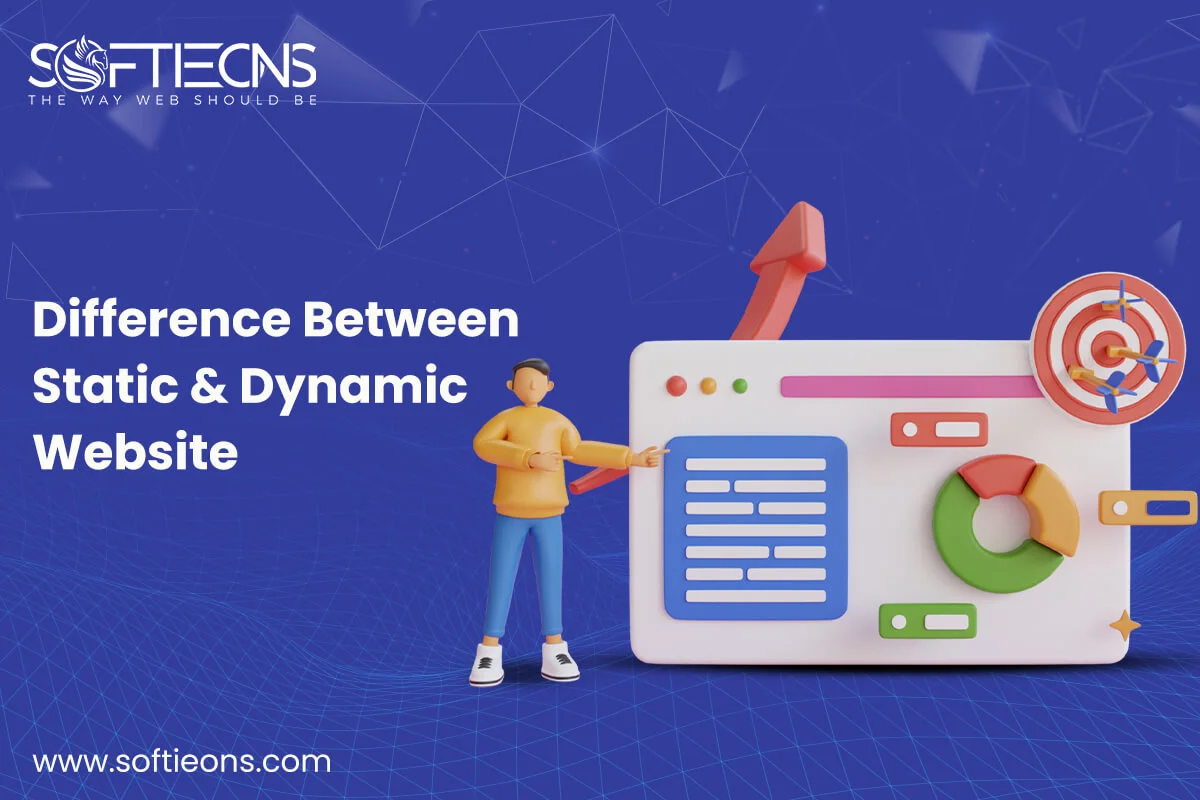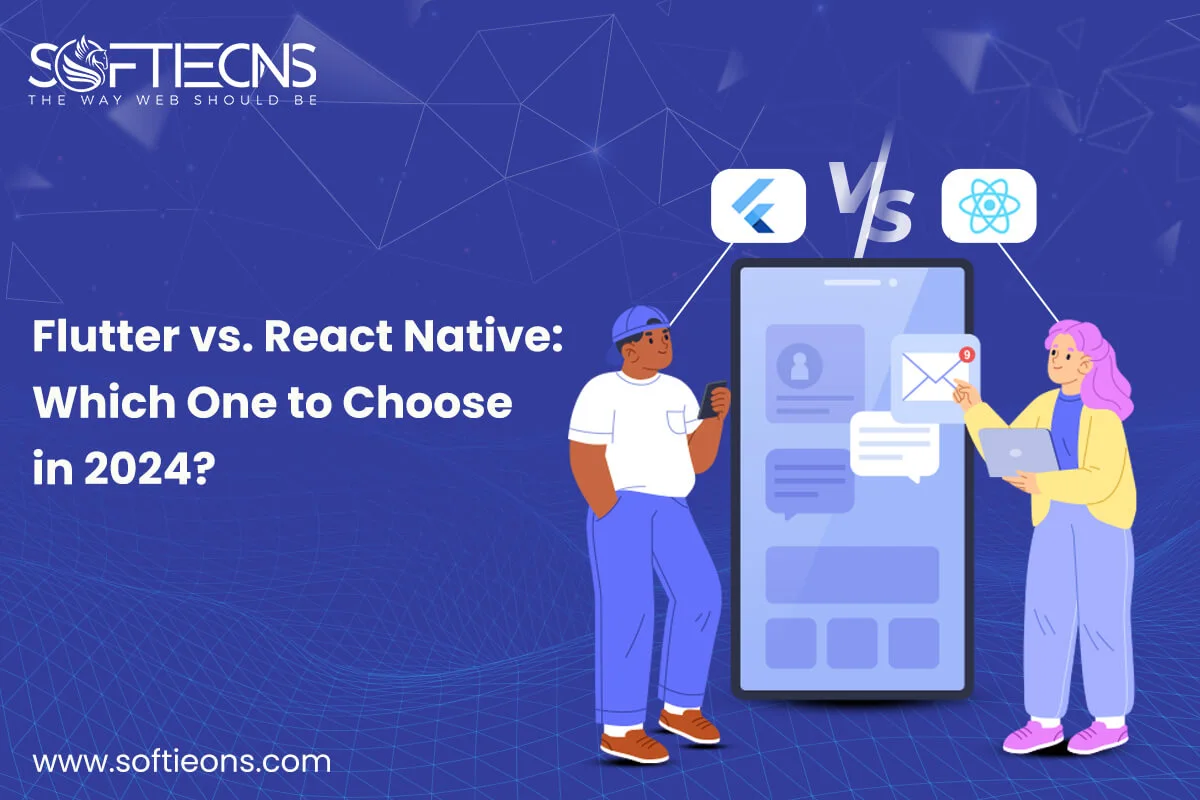Best Languages for Microservices
Thu, 08 Apr 2021
Microservices are a significant component of the entire digital world today. They have shown high outcomes and abilities. Microservices have already been adopted by major tech companies like Netflix, Uber, and Groupon, as well as small local development teams.
It is important to understand that frameworks and programming languages have certain requirements to be suitable for the creation of microservices.
- Automation culture
- Components decentralization
- Business domain presence
- Consumer-first approach
- Continuous Integration (CI)
- Continuous Deployment (CD)
Languages for microservices:
Java
Java is so popular among developers. In Java, there are many advantages, such as code readability, maintainability, and lots of frameworks for microservices.
- Spring Boot: The most common frameworks in Java can be counted as this one. It has a reliable infrastructure suitable for applications of any kind, such as security, big data, etc.
- DropWizard: This framework enables us to develop RESTful web services that are very productive. It is open-source and contains Java libraries that have been tested in practice. The last ones make the development time much quicker.
- Jersey: Jersey is known for its high speed, simple routing, clear documentation, and is based on the JAX-RS specification. Among JAVA developers, Jersey is also popular.
Golang
Goland is known as Go as well. In terms of creating microservices, it is famous for its speed and possibility of competition. You can expect increased productivity of different cores and machines if the competition is accomplished expertly in Golang. Go offers some impressive frameworks as well:
- Go Micro: An RPC framework in Golang aimed at developing microservices. Load Balancing, PRC Client, server packages, the encoding of messages.
- Go Kit: It has to be imported into a binary package, which is different from the previous one. For DDD, explicit dependencies, and declarative aspect compositions, it is also advanced.
- Gizmo: This one is not as impeccable as Go Micro, but still, there are possibilities for server implementation and high-level component building.
Python
RESTful access to APIs through the application of web protocols such as HTTP and remote object search and manipulation toolkits is what Python is famous for.
- Mighty substitutes are available for large implementations
- Faster and simpler prototyping operations
- Adaptability to ancient languages like PHP
POPULAR POSTS
Shopify vs. WordPress: Which one is best for e-commerce?
Wed, 07 Apr 2021Role of IoT in the Real Estate Industry
Wed, 14 Apr 2021Why UX And UI Is Important For Mobile Application Development
Sat, 01 May 2021Telemedicine's Advantages in Nursing Homes
Fri, 24 Dec 2021RECENT POSTS
Difference Between Static Website And Dynamic Website
Wed, 24 Apr 2024Flutter vs. React Native: Which One to Choose in 2024?
Mon, 22 Apr 2024Exploring the Benefits of Professional Website Design Companies
Fri, 29 Mar 2024Understanding The Role Of Web Design Firms
Fri, 22 Mar 2024









